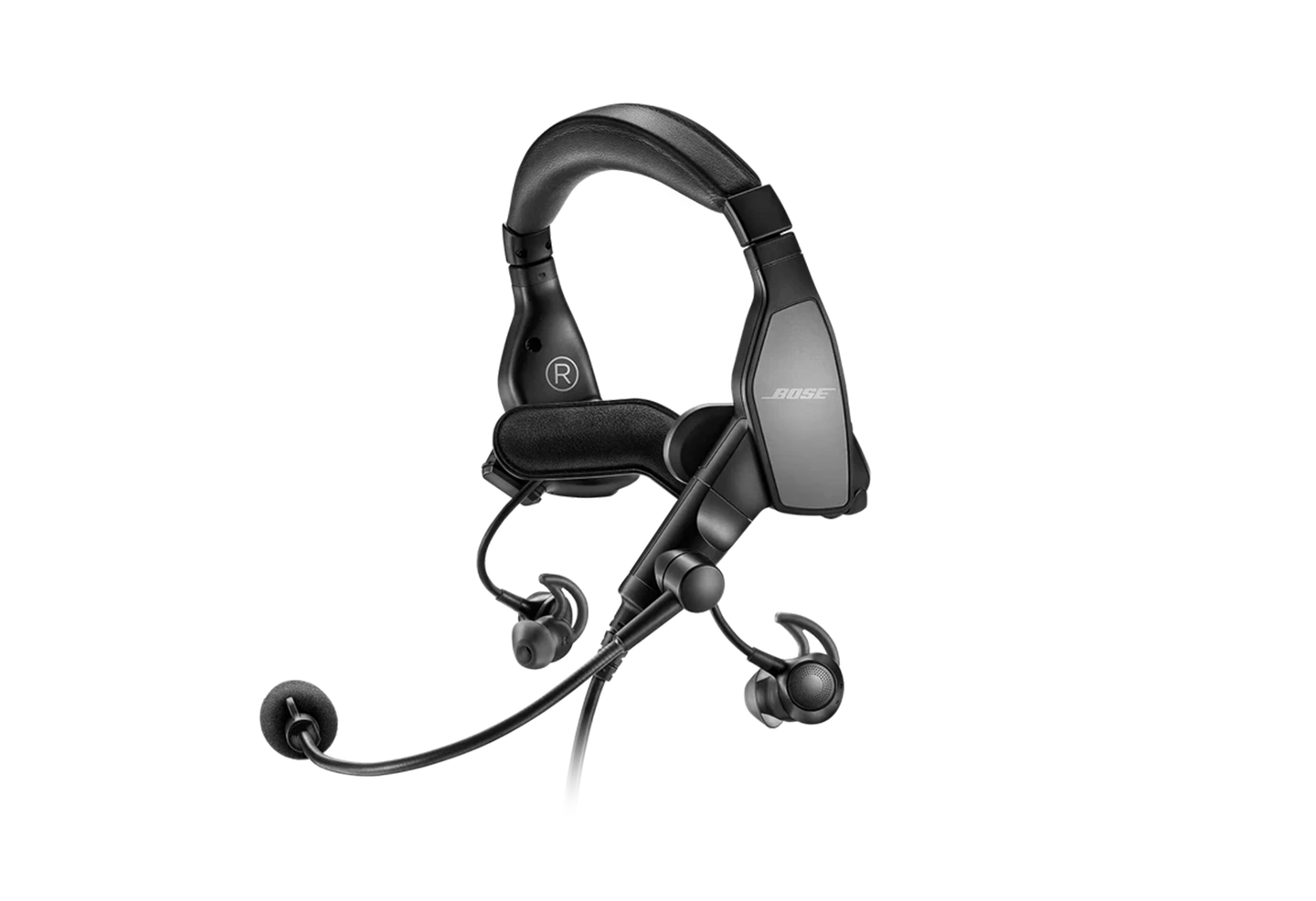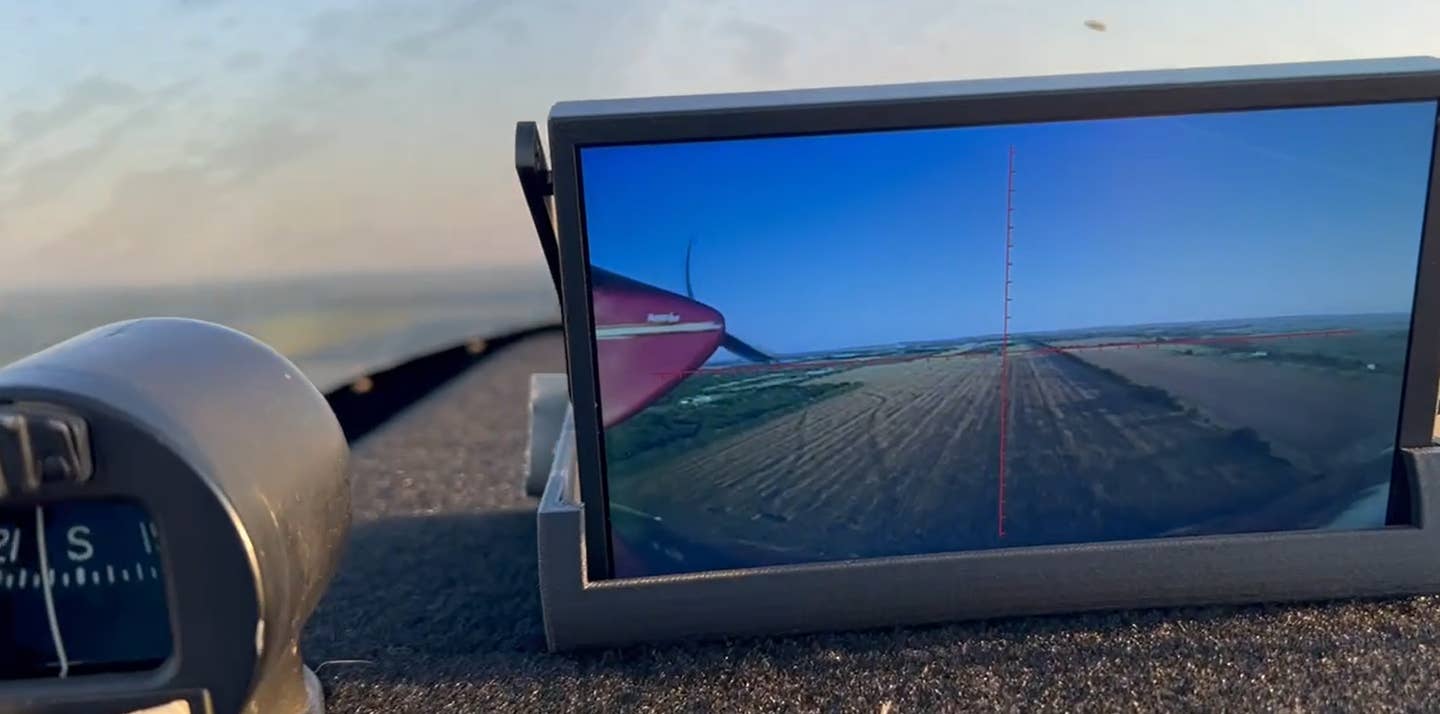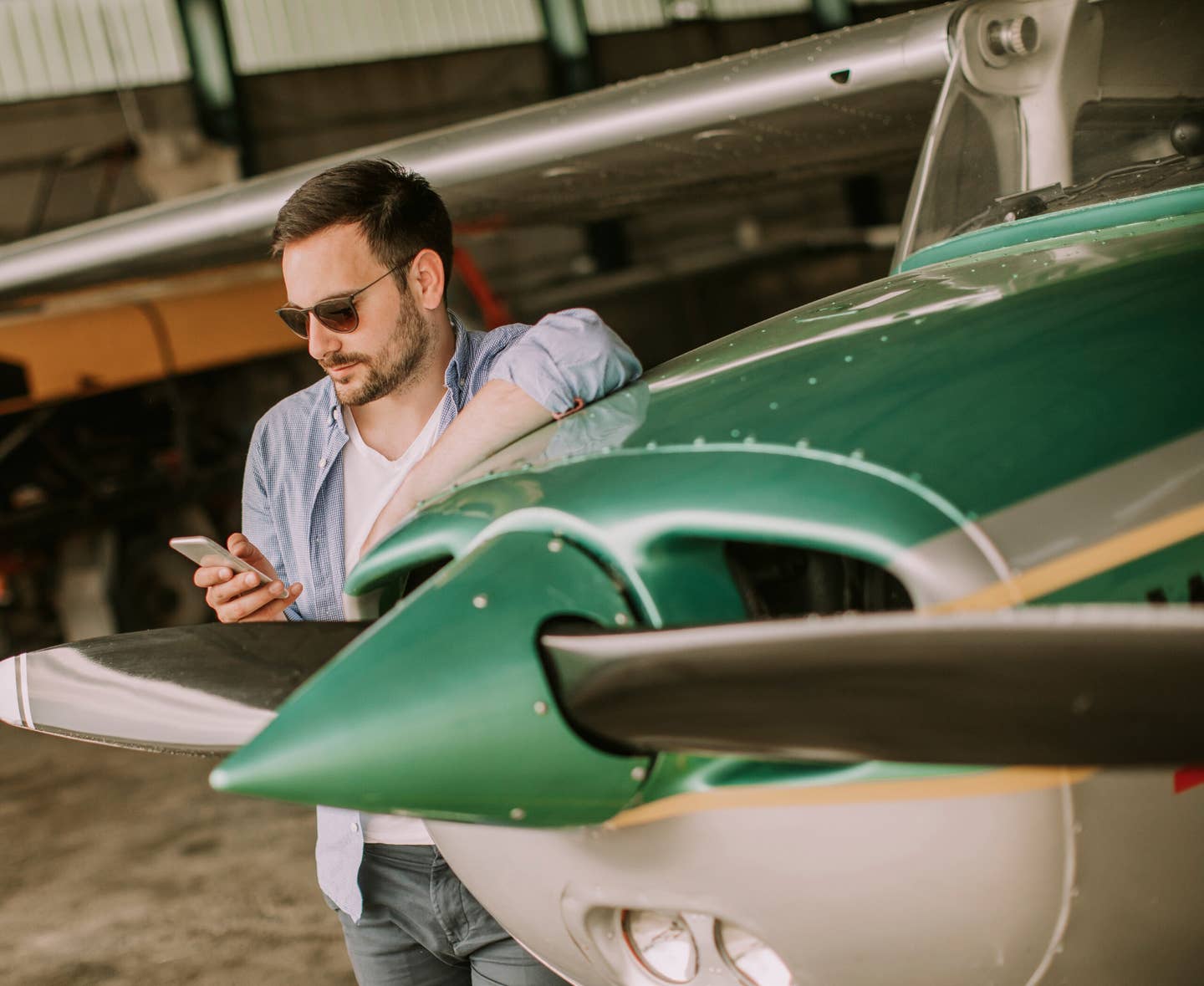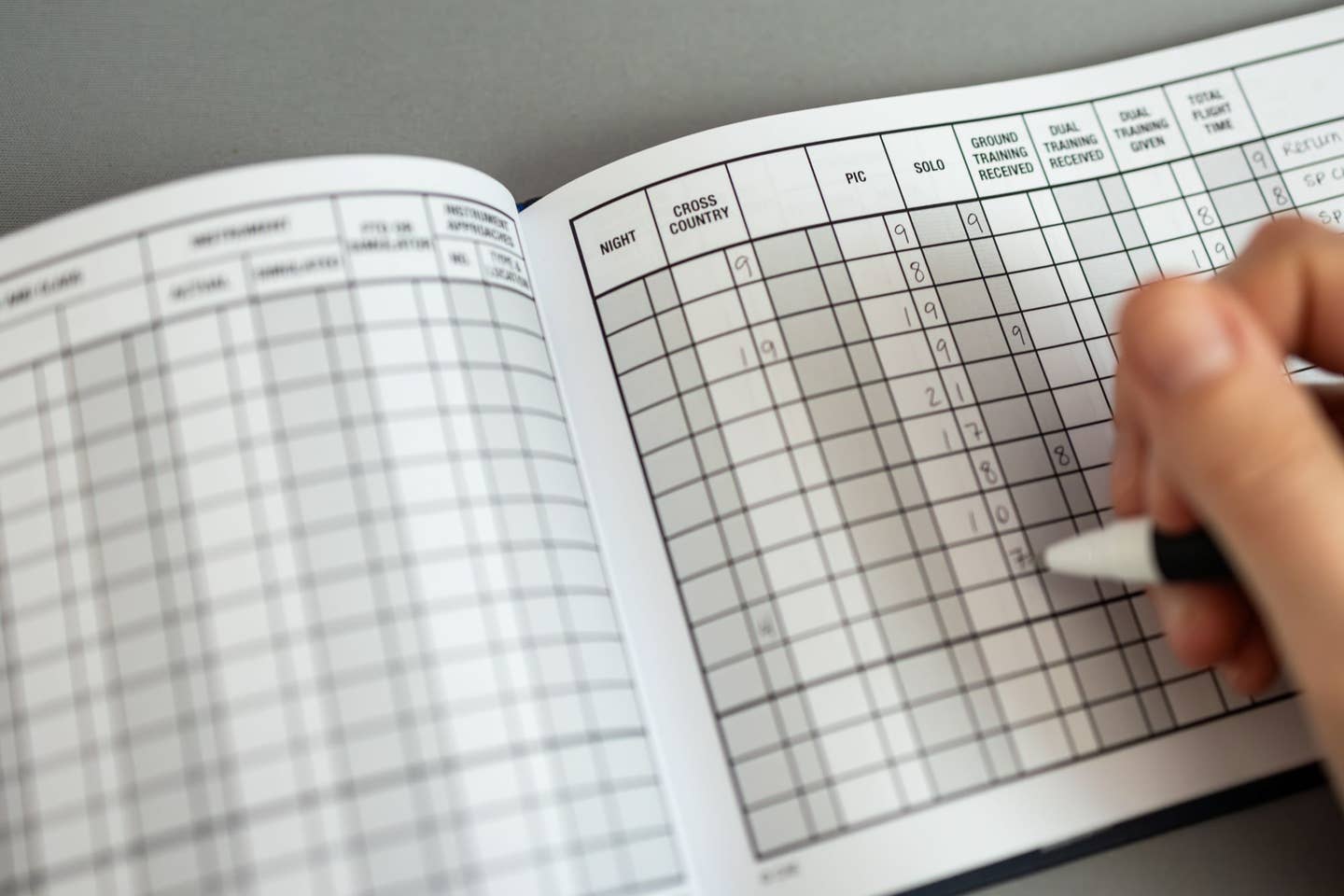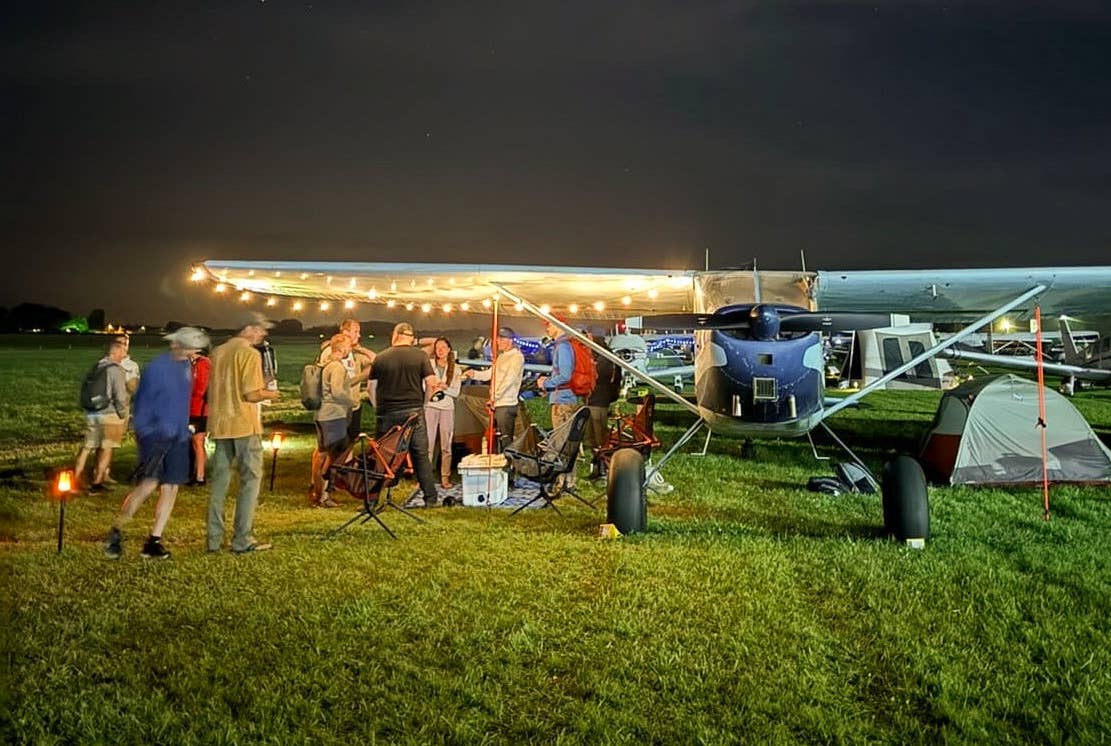
The Beechcraft King Air has long been one of the most popular light business aircraft on the market, and for good reason. The remarkable twin has weathered the storms of the turbulent aviation market for more than half a century while Beechcraft has continuously improved upon the highly successful design. Still, there are several companies vying to take older airframes and bring them up to par with the new, whether to achieve better performance, more advanced avionics or simply greater creature comforts.
King Airs are twin-turboprop-powered, metal airplanes with anywhere from six to 12 seats in a spacious, comfortable cabin. While it is kind to its passengers, the King Air is also a "pilot's airplane" with fun flying characteristics along with good speed and efficiency. Being below the 12,500-pound gross weight threshold, the King Air does not require a type rating, but insurance companies demand regular training for the pilots. Powered by various forms of Pratt & Whitney Canada's PT6 engines, the King Air series' rugged, reliable design is well-suited for any operation, from unimproved airstrips to executive travel.
Beechcraft first introduced its twin-turboprop series in 1964 with the King Air C90. Its roots sprouting from Beechcraft's Twin Bonanza and Queen Air seeds, the airplane became so successful that the Wichita, Kansas-based company quickly decided to launch a larger commuter version called the Beech 99, introduced only a few years after the King Air first entered the market.
The King Air has expanded into a wide variety of models within four main groups: the 90, 100, 200 and 300, of which around 7,400 have been delivered to date. While the 100 series has been dropped, Beechcraft offers four models: the King Air 90GTx, 250, 350i and 350ER under the Textron Aviation umbrella.
Today's King Airs are delivered with Rockwell Collins' highly capable Pro Line 21 avionics, the exception being the King Air 250, for which customers can choose the company's sleek Fusion touch-screen suite.
However, as with anything new, you pay a premium for a King Air rolling out of Beechcraft's delivery hangar in Wichita, Kansas. The smallest version, the C90GTx, costs right around $3.8 million, and if you want more space and performance the price follows with size. So, for King Air owners who suffer from panel or performance envy, it may make sense to make upgrades through modifications under supplemental type certificates (STCs). We'll focus this article on STC upgrades that are available for one of the most popular models, the King Air 200/B200 series.
The first step toward making your airplane look and feel new is through paint and interior upgrades. There are terrific paint and interior shops all over the country, and they can help you customize the airplane to your own desires, limited to some degree by the FAA, but mostly limited by your own imagination and budget.
With a massive leap in avionics technology in the past couple of decades, one of the most appreciated upgrades for the pilots is avionics. If you want a full glass panel there are some great options to be had as aftermarket STC'd installations.
While it is great to have a fresh look and new tools to provide greater situational awareness — inflight weather and all of the other benefits glass can offer — performance and efficiency rank very high for pilots and passengers alike. No matter how much people love to fly, they rarely argue against getting to the destination a few minutes earlier or climbing away from the granite more quickly.
There are a few ways to get that highly desired performance, whether by structural modifications or simply a more powerful power plant. Seattle, Washington-based Raisbeck Engineering has a long list of mods for all King Air products, some of which have been adopted into factory-new models.
One of the most effective mods for the King Air 200 is the ram air recovery system, comprised of small, flaplike pieces and seals installed at the rear end of the air intake of the PT6A. This system increases available horsepower by as much as 8 percent, reduces fuel burn by 8 to 11 percent and drops interstage turbine temperatures by about 20 degrees.
Raisbeck's enhanced performance leading edges not only increase cruise speed and reduce stall speed, but also make the intercooler for the air-conditioning system more effective. Last but not least, the high-flotation gear doors (used only with wide-tire-equipped gear) reduce drag and increase speed by 8 to 12 knots.
A couple of Raisbeck's mods are not designed to improve performance, but they make the cabin occupants a whole lot happier. The swept four-blade propellers (co-designed with Hartzell) reduce noise significantly, and the dual aft-body strakes (two fins below the aft fuselage that redirect airflow) reduce vibration and noise. A customer at West Coast Charters, which operates three King Airs, has seen enough of a difference that he won't fly in a King Air without strakes, says Kenneth Stave, the company's senior pilot and training captain.
Raisbeck's Epic Platinum package for the King Air 200 and B200 includes all of these above-mentioned modifications and costs $208,714 plus installation (or $163,880 without the high-flotation gear doors). Raisbeck claims this combination can result in a reduction in takeoff distance by as much as 1,000 feet, a reduction in time by as much as 12 minutes to climb to 33,000 feet, and an increase in cruise speed by as much as 14 ktas at 33,000 feet.
Another more obvious way to get a performance upgrade is by swapping the two Pratt & Whitney PT6A power plants to more powerful ones. If you want a double whammy you are in luck as Raisbeck's King Air 200 mods are compatible with STC-approved engine upgrades that are available for the King Air 200 through two companies: StandardAero and Blackhawk Modifications.
StandardAero, based in Scottsdale, Arizona, has done repair and overhaul work on PT6A engines for more than 20 years, but about five years ago the company also began offering engine upgrades for Piper Cheyennes, King Air 90s and King Air 200s. Meanwhile, Blackhawk Modifications out of Waco, Texas, has acquired several STCs for turboprop engine upgrades since it started with the Cessna 425 Conquest I in 1999. Blackhawk has upgraded more than 500 PT6A installations on Beechcraft King Airs, Cessna Caravans and Conquests and Piper Cheyennes. More than 200 King Air 200s have received the popular power boost through the company's XP61, XP52 and XP42 programs with Dash 61, Dash 52 or Dash 42 PT6As, respectively, since Blackhawk took on the type project around 2007.
Both StandardAero and Blackhawk claim that the difference in cost of a complete engine overhaul compared to an upgrade to a new engine is low enough that the benefits of the latter clearly outweigh the price, particularly for airplanes with high-time engines. Pratt & Whitney Canada has made several modifications to its highly popular turboprop in the past couple of decades. Blackhawk's senior vice president of sales and marketing Edwin Black said that since the original version of the PT6 engine was first delivered in 1963, there have been more than 230 service bulletins and product improvements. All of those have been addressed or incorporated into the latest models.
The operating cost of an upgraded King Air may also be lower. According to a study conducted by Conklin & de Decker in 2009, the annual cost savings for a Blackhawk XP61 upgraded King Air 200 over a Dash 41-powered one for an airplane flying 100,000 nm was greater than $50,000. With fuel prices being higher six years later, the delta is likely even higher today. At five years or 2,500 hours, the warranty on a new engine is also far superior to that of an overhauled one.
Both the Dash 41 and 61 engines have the same power rating: 850 shp. However, the Dash 61 produces full torque, 2,230 foot-pounds, all the way up to 22,000 feet, while the Dash 41 can only produce full power to 10,000 feet. The improvement in climb and cruise capability at higher altitudes with the upgraded engine is significant.
I had a chance to check out the performance improvement of one of Blackhawk's King Air upgrades at Cutter Aviation at the Phoenix Sky Harbor International Airport (KPHX) in Phoenix. N350C, the King Air I climbed into at KPHX, is one of 12 airplanes on charter with Cutter, a company that first started out in the charter business when William P. Cutter opened the doors of Cutter Flying Service in Albuquerque, New Mexico, in 1928. The company has remained in the family through the decades and is now operated by president and CEO William W. Cutter. Charter is only one of many service offerings at the company's facilities in Albuquerque, Dallas, El Paso, Colorado Springs and Phoenix, where there is a second facility at Deer Valley Airport. Each location has its own service offerings, which in addition to charter could include maintenance and full FBO services.
N350C is a 1980 model King Air 200 that Cutter purchased about three years ago, says Gordon Paige, the company's director of flight operations. Being a high-time airplane in excellent condition despite 35 years on its wings, it was a perfect candidate for an engine upgrade.
Cutter decided to go with Blackhawk's XP61 upgrade. The facility at Sky Harbor is an authorized Blackhawk dealer, so Cutter's own maintenance team did the installation.
Cutter is one of several dealers around the country that Blackhawk works with for engine installations. Blackhawk's flight operations and sales manager Chris Dunkin claims the installation for the XP61 engine upgrade for the King Air 200 takes about two weeks. Cutter's installation took longer because other non-Blackhawk-related changes were made as well, such as painting the trusses, swapping out the hose kit and adding Frakes Aviation exhaust stacks, says Kevin Reedy, Cutter's service manager. The airplane kept the same four-blade Hartzell propellers.
Despite the fact that the new engine is bigger, there is no cowl mod required. The only things that give away the goodness beneath the cowls are a small access panel on one side of each and the shiny, curved exhaust pipes that protrude on both sides.
Before the mod, N350C would cruise at right around 260 ktas, burning 260 pounds per hour per engine at 27,000 feet at 97.5 percent Ng, 1,800 rpm and 1,300 foot-pounds of torque, according to data collected by Blackhawk. We had a fairly light load with four people on board, but it was a typical smoking hot day in Phoenix when we took off from Sky Harbor at the end of August. Despite the 100-degree temps, the airplane took off in about 3,500 feet from a rolling start while staying below the maximum ITT.
I watched the gauges as we climbed out at 160 kias, about 30 knots faster than Vy, to keep the engines cooler. Despite the faster speed, the airplane maintained a climb rate of 2,200 fpm. At 11,000 feet, indicating 155 knots, we saw around 2,500 fpm.
At 19,000 feet, I asked if we could check the single-engine performance. Paige, who was in the captain's seat, approved. Without blinking an eye, he feathered the left engine and the airplane kept right on climbing at 500 fpm at 130 kias.
I was not able to record a time-to-climb value as the busy Phoenix airspace required the controllers to level us off multiple times, and the heat had us climbing at higher airspeed. But at a constant 2,500 fpm climb, we would have made it to our target altitude of 27,000 feet in less than 11 minutes.
Once at FL 270, it was time to compare the cruise performance with the numbers N350C was showing before its Blackhawk transformation. At ISA+15 Blackhawk's proprietary engine gauges indicated 98 percent Ng, 1,800 rpm, and 1,700 foot-pounds of torque — a 400 foot-pound increase. At those settings, we were burning about 320 pounds per hour of fuel per engine. But we were indicating 190 knots, which translated to 295 ktas, about 35 knots better than with the original engines at comparable power settings.
While I found this impressive, Dunkin said he was disappointed. "On an ISA day, we would have seen well over 300 knots," he said.
Dunkin said the price for the Blackhawk XP61 STC, which includes two Pratt & Whitney Canada PT6A-61 engines, is $945,000 plus the cost of installation for the King Air 200 series. The upgrade is also available for the King Air 250 for $999,000. With run-out engines, the upgrade appears to make a lot of sense.
There are many variables to consider before making a final decision on whether to upgrade an older airframe or purchase a new one. That new airplane smell is always a compelling argument and there are often tax incentives that go along with a new airplane. But if you are happy with your airplane, these upgrades will help you take the satisfaction of ownership into the modern era.
Pratt & Whitney Canada PT6A-61
Pratt & Whitney Canada's PT6A series turboprop engines range in power ratings from 500 to 2,000 shp. The company has produced more than 69 versions of the PT6A for a wide variety of aircraft, serving anything from executive business travel to rugged cargo deliveries in extreme climates. The engines have been famously reliable with more than 335 million flight hours accumulated by more than 41,000 engines.
The PT6A is a two-shaft engine with a multistage compressor driven by a single-stage compressor turbine. Air enters the engine through a reverse-flow inlet with a screen preventing foreign object debris from entering into the combustion chamber. The Dash 61 engine used in Blackhawk's XP61 upgrade that was installed in N350C incorporates a two-stage axial power turbine. An independent shaft couples the power turbine to the propeller through an epicyclic concentric reduction gearbox, which converts the turbine power to propeller speeds ranging from 1,700 to 2,200 rpm. Because the power-producing part of the engine is not directly coupled to the propeller, the engine design is called a "free turbine."
Performance Boost
At 850 shp, the power rating is the same for the PT6A-41 engines installed in the stock King Air 200 and the Dash 61s in Blackhawk's XP61 upgrade. However, the thermodynamic power rating of the PT6A-61 is much greater because it can withstand higher temperature, pressure and turbine speed. Therefore, the Blackhawk XP61-modified King Air can produce full power, or more torque, at much higher altitudes than the original King Air 200 engine could.
As a result, the XP61 engine modification delivers impressive performance improvements. Here are some specs provided by Blackhawk for a stock King Air 200 versus one with the Blackhawk XP61 engine STC.

Sign-up for newsletters & special offers!
Get the latest FLYING stories & special offers delivered directly to your inbox

